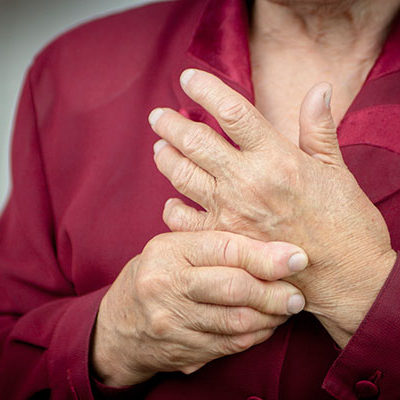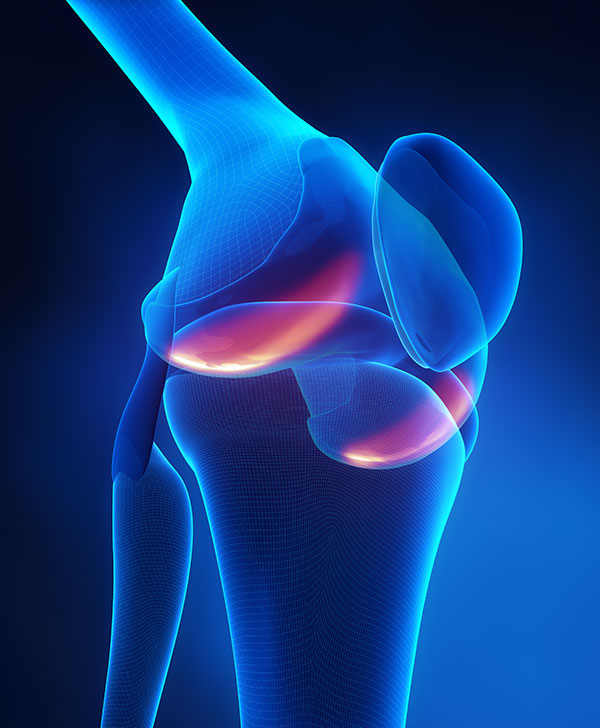Rheumatoid arthritis
Rheumatoid arthritis, or RA, is probably the most disabling type of arthritis, but good treatments are now available. RA is the most common type of autoimmune arthritis which is a chronic disease causing pain, stiffness, swelling and destruction of the nonspinal joints, primarily in the hands and feet. Stiffness for more than an hour in the morning is a clue for RA, along with loss of energy, low fevers, loss of appetite, dry eyes and mouth, and rheumatoid nodules on the elbows or hands. The site of inflammation is the synovium or lining of the joint, but also can cause damage in the eyes, lungs, and bone marrow.
Most patients are women, and usually starting in middle ages. The diagnosis is based on evidence for inflammatory disease while excluding other possible diseases. Laboratory tests show anemia, inflammatory markers and immune serology including a rheumatoid factor and antibodies to cyclic citrullinated peptides or pieces of proteins from the destruction of the joints. X-rays are usually normal at the onset, but can be used to follow the progression of the disease.
Treatment begins with NSAIDs and low dose corticosteroids for comfort and starting DMARDs, disease modifying anti-rheumatic drugs, as soon as the diagnosis is established. Common DMARDs include Methotrexate, Arava, Plaquenil, Azulfidine, Imuran, and Neoral. Failure to control the rheumatoid arthritis to a low disease state within months of starting the DMARDs will prompt adding “biologic” medications such as Enbrel www.enbrel.com, Humira, Cimzia www.cimzia.com, Simponi www.simponi.com, Remicade www.remicade.com, Simponi Aria www.simponiaria.com, Orencia www.orencia.bmscustomerconnect.com, Actemra, Rituxan and Xeljanz while continuing the DMARD.
Frequent evaluations and lab testing may be needed to maintain the rheumatoid arthritis in a low disease state. It is very important to stop smoking tobacco and there is a higher risk for heart disease and stroke, and a slightly higher risk for cancer with rheumatoid arthritis. It is important to remember that the primary reason for treatment is not pain control, which is a benefit, but to prevent destruction of the joints over the many years ahead. Patients who can tolerate great pain levels still need to be aggressive at controlling the inflammation in their joints. The Arthritis Foundation www.arthritis.org is available for more information.

